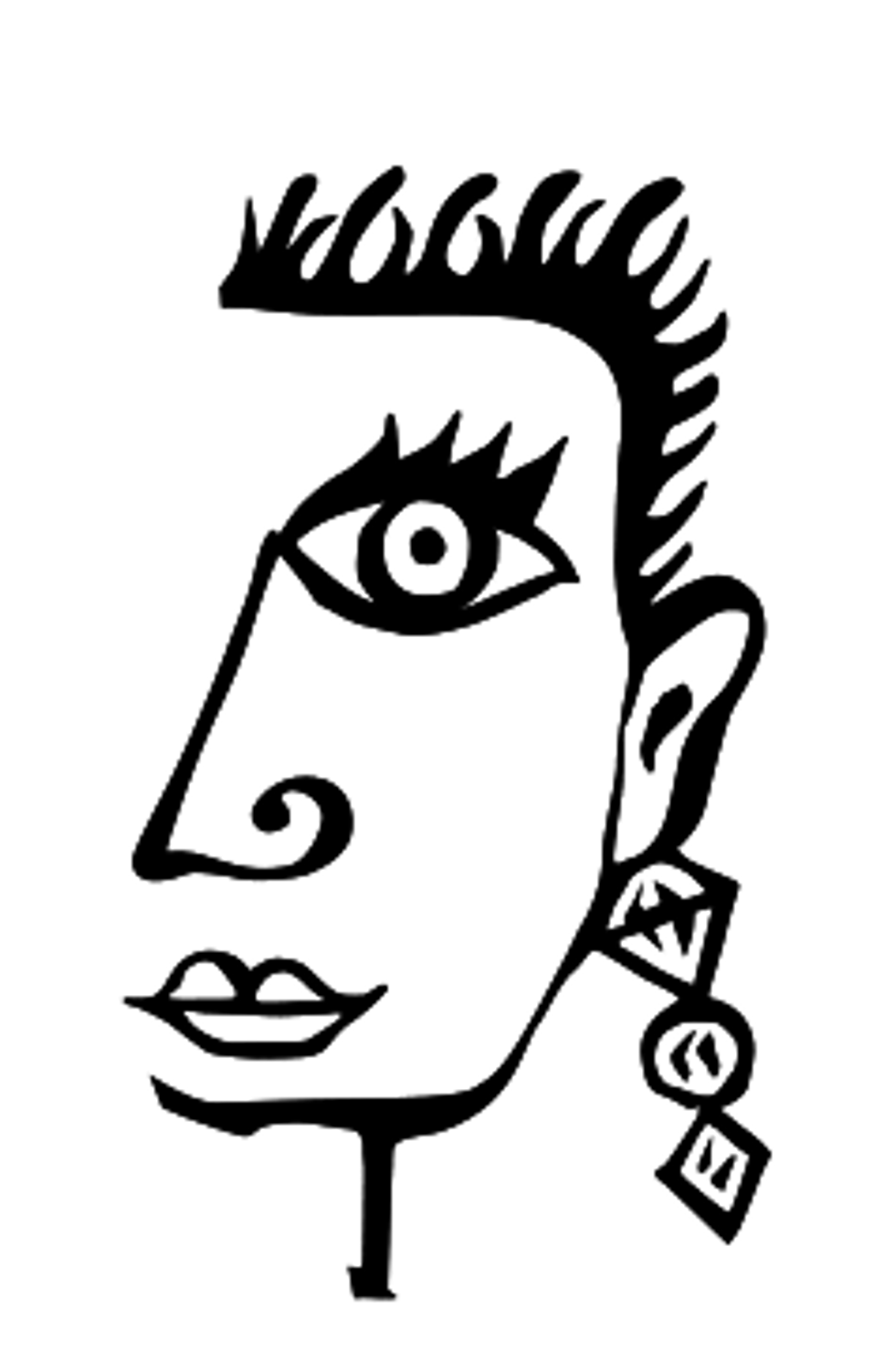True or False? The clock strikes midnight on December 31. It's a new year. Everything's better.
Red started to write warm and fuzzy Christmas and holiday greetings, but Black said some things are worth repeating … like our simple Christmas post from 2023 (check out the movie clip) …
No matter what holiday you may celebrate, Red can’t help but quote a line from one of her favorite Christmas songs, “Have yourself a merry little Christmas. Let your heart be light. From now on, your troubles will be out of sight.”
And Black can’t help but point out that the song wasn’t introduced in a Christmas movie but in the movie "Meet Me In St. Louis."
Wishing you a merry everything and a happy always!
Tonight is the first night of Chanukah (FYI, there are multiple "correct" spellings), and while Red may be celebrating the Festival of Lights with potato latkes (pancakes), when she lights the menorah to symbolize bringing light into darkness, she’ll be laughing at Black’s car analogy …
| At the risk of Black coming up with another potato analogy, for me, Chanukah's all about potato latkes. The childhood memories of our dad grating pounds and pounds of potatoes to the point where I'm not sure I could see our kitchen table, many decades later, my eldest daughter taste-testing latkes from an assortment of places. (I love to cook, but latkes are a lot of work.) Of course, the lighting of the menorah is also such a special part of the holiday celebration, whether the electric menorah that my parents had where you would "twist" each light bulb as the nights progressed or the more traditional menorah with candles that my daughters and I light each year (and never leave unattended). |
| I never cease to be amazed by the miracle of Chanukah (regardless of whether you spell it Chanukah or Hanukkah, or some other variation) and how the oil that was only supposed to last one day instead lasted for eight days. It is as if your cellphone indicated it is at 12% but lasts eight days. Or, if the gas gauge in your car indicates you have 25 miles left, but you are able to drive 200 miles. Sometimes things happen that defy logic, and that is where faith takes over. And, a belief in something bigger than all of us. |
Tomorrow is the start of Chanukah, the Festival of Lights, which celebrates hope and miracles – and who could not use hope and miracles?
Happy Chanukah!
Every year on #GivingTuesday, Red tells Black that she knows how important giving is – whether time or money – but, unlike Black, she doesn’t have a meaningful charity that’s been part of her life for decades. We often “repeat” the conversation below, but this year, Black suggested that Red use #GivingTuesday to think about what charity inspires her or holds special meaning, and then get involved. Making it personal often ends up making it a year-round passion rather than a one-off obligation.
But no matter how you approach charity, beware of potential scammers. And, if in doubt — check them out! (Black likes GuideStar and Charity Navigator.)
| I know today’s Giving Tuesday, but what I always find so amazing is how you treat every day as “Giving Tuesday." |
| What makes you say that? I do not donate to an organization or charity every day. |
| You’re always so literal. I meant that the spirit of “giving to others”, whether donating or providing support in some way, seems to be part of your daily life. |
| I think you are exaggerating. |
| Really? What about your involvement with The Make-A-Wish Foundation? That’s been going on for years. And it didn’t take a “holiday” to get you involved. |
| Actually, it was a golf tournament decades ago. But once you see the difference you can make, even if it is a small donation because they add up, it becomes a way of life. Or, at least, it did for me. |
| I know you’ve quietly done things for other organizations and people, too. Living in the Houston area, we have no shortage of natural disasters, and we’ve seen people’s generosity. But what I like about GivingTuesday is it’s not waiting for a specific event because there are so many worthwhile charities that need our support every day. |
| Agree. And, although I am not always a huge fan of social media, #GivingTuesday – note the hashtag – started in 2012 to harness the power of the internet for hashtag activism and, more specifically, to inspire people and companies to give back. |
| Well, social media or not, I know how important it is to give back and help others. And it’s not always about money. Sometimes they need people to donate their time or expertise. I just wish we didn’t need a tragic event or “special day” as a reminder. |
| So, now that you have been reminded, stop talking to me and do your fair share for #GivingTuesday. Trust me, you will be glad you did. |
Today (Black would probably say “every day”) is the perfect day to give back to others, so check out this great list of ideas and pick one (or more) and become part of #GivingTuesday!
 red headassets.rebelmouse.io
red headassets.rebelmouse.io Blackassets.rebelmouse.io
Blackassets.rebelmouse.io